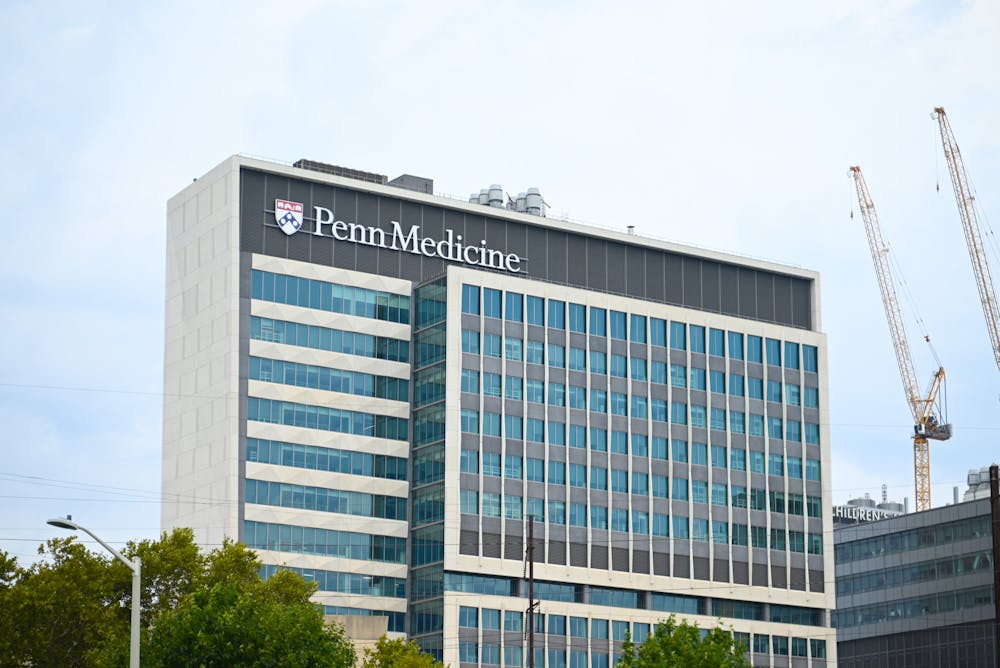Penn Medicine AUD medical school UAE is set to reshape medical education in the Gulf. The American University in Dubai (AUD) has partnered with the University of Pennsylvania’s Perelman School of Medicine, also called Penn Medicine, to launch what is being described as a first-of-its-kind American medical school in the United Arab Emirates.
This alliance is not just a landmark for AUD or Penn; it signals a major step in the UAE’s ambition to build strong local healthcare capacity, train doctors domestically, and become a hub for innovation, research, and clinical excellence. In this article, we explore what this partnership means, what the new medical school will offer, why it matters for students and the UAE, and what challenges and opportunities lie ahead.
The Partnership Explained
In September 2025, AUD and Penn Medicine announced their collaboration to create the AUD School of Medicine. The school will offer a Doctor of Medicine (MD) program modeled on US standards but tailored to meet the UAE’s healthcare priorities.

This will be the first four-year, US-style medical school in the region. Unlike many regional programs that admit students directly after high school, this school will follow the graduate-entry model, requiring applicants to already have a bachelor’s degree.
The medical school will be part of AUD’s Dubai campus, with clinical training provided in partnership with both public and private hospitals across the city.

Key Features of the Medical School

Graduate-Entry, US-Style Curriculum
The program will follow the US graduate-entry model. Students will spend the first two years in classroom-based learning, followed by two years of immersive clinical training in hospitals.
The curriculum will be developed with guidance from Penn Medicine, ensuring international standards while focusing on the UAE’s specific healthcare needs.
Global Standards, Local Relevance
The new school aims to balance world-class medical training with local challenges. Chronic illnesses, population health, public health strategies, and the integration of modern technologies like telemedicine and artificial intelligence will be areas of emphasis.
Another major goal is to retain graduates in the UAE for residency training and professional practice, strengthening the local doctor workforce.
Research and Innovation
The partnership also promises to boost research and innovation. Penn Medicine’s extensive global experience in medical education and research will be channeled into Dubai. The collaboration will open doors for groundbreaking studies in population health, advanced medical technologies, and healthcare delivery models.
Students will benefit from exposure to clinical training in multiple hospitals, gaining experience in diverse medical settings across the UAE.
Timeline and Launch
The program is expected to welcome its first students by 2027. Admissions will follow global standards, with applications likely opening a year in advance. Scholarships and financial aid programs are expected to be available, making the program more accessible to qualified students.
Facilities, including laboratories, classrooms, and simulation centers, will either be expanded or newly developed at the AUD campus to support the medical program.
Why This Partnership Matters
Strengthening the UAE’s Healthcare Workforce
The UAE has long relied on foreign-trained doctors and students traveling abroad for medical education. A domestic, US-style medical school will reduce this reliance, keeping talent in the country and developing a new generation of locally trained doctors.
By training more students domestically, the UAE can build a sustainable pipeline of medical professionals to serve its growing population and diverse healthcare needs.
Supporting National Development Goals
This medical school aligns with the UAE’s vision of advancing healthcare, education, and innovation. It strengthens the country’s standing as a global education hub while supporting medical research and the development of healthcare infrastructure.
For AUD, it elevates the university’s global profile, while Penn gains an influential role in shaping medical education in the Middle East.
Opportunities for Students
Students in the UAE and the wider region will now have the chance to pursue an internationally recognized MD degree without leaving home. This means lower costs, fewer challenges of relocation, and the ability to remain closer to family and community.
Graduates will also benefit from clinical exposure in both public and private hospitals, learning in diverse healthcare environments. Penn’s involvement may also bring opportunities for mentorship, exchange programs, and exposure to cutting-edge medical technologies.
Challenges Ahead
Accreditation and Regulations
The school must meet both UAE and international accreditation standards. This includes approvals for the MD program, faculty appointments, clinical partnerships, and graduate licensing. Ensuring these align seamlessly will be critical.
Faculty Recruitment
Recruiting high-quality faculty with experience in US medical education will be essential. Some faculty may need to be brought from abroad, while others may be trained locally.
Cost of Education
Medical education, particularly US-style, is expensive. The program must strike a balance between high-quality training and affordability. Scholarships and financial aid will be key to ensuring diversity in the student body.
Competition and Differentiation
The UAE already has medical schools. To stand out, the new program will need to demonstrate clear advantages, such as superior outcomes, innovative research, and strong hospital partnerships.
Retention of Graduates
Even with local training, graduates may choose to work abroad if better opportunities exist. The UAE will need to provide attractive career paths, competitive salaries, and research opportunities to retain top talent.
Voices Behind the Project
Leaders from both institutions have spoken about the historic nature of this partnership. AUD’s president described it as a groundbreaking step in preparing physicians and advancing research in the UAE. Penn’s leadership emphasized that the collaboration supports the creation of a premier medical institution in the region and strengthens both universities’ global influence.
Senior representatives from Penn Medicine highlighted that more than half of their global initiatives focus on medical education. They also spoke of incorporating technologies like artificial intelligence and virtual reality into the teaching process, preparing students for the future of healthcare.

What Comes Next
Several milestones are expected in the coming years:
- Accreditation and official approvals for the program.
- Opening of the admissions cycle, with details on requirements and selection processes.
- Announcements of scholarships and financial aid opportunities.
- Recruitment of faculty and development of infrastructure at AUD.
- Finalization of hospital partnerships for clinical training.
- Detailed curriculum information, including electives, research components, and new technologies.
Regional Impact and Future Possibilities
If successful, the Penn Medicine AUD medical school UAE could become a model for other countries in the Middle East and beyond. It may inspire similar partnerships, increasing access to high-quality medical education in the region.
The program will also contribute to research output, strengthen healthcare systems, and support the UAE’s efforts to grow its medical tourism and healthcare excellence. In the long term, this initiative could place Dubai at the center of medical education and healthcare innovation in the region.
Conclusion
Penn Medicine AUD medical school UAE marks a historic moment in education and healthcare. By blending rigorous US-style training with local healthcare priorities, this new institution promises to deliver world-class doctors prepared for the future.
For students, it offers an opportunity to pursue a prestigious MD degree close to home. For the UAE, it supports national goals in healthcare, education, and innovation. The challenges are real—ranging from costs to faculty recruitment and graduate retention—but with strong planning and collaboration, the school could transform medical education in the region.
As the UAE continues to position itself as a leader in education and healthcare, this partnership between Penn Medicine and the American University in Dubai is more than a new medical school. It is a vision of what the future of global medical education could look like.
Do follow UAE Stories on Instagram
Read Next: Meedaf and InDebted Partnership UAE: A New Era in Debt Resolution














